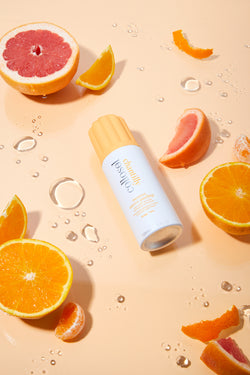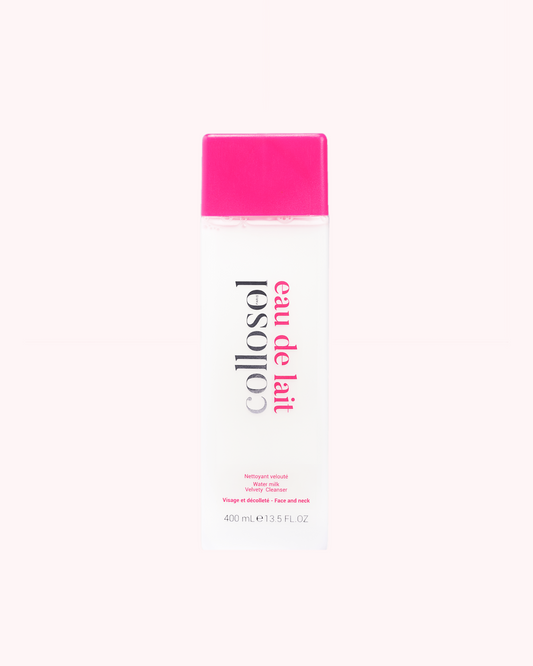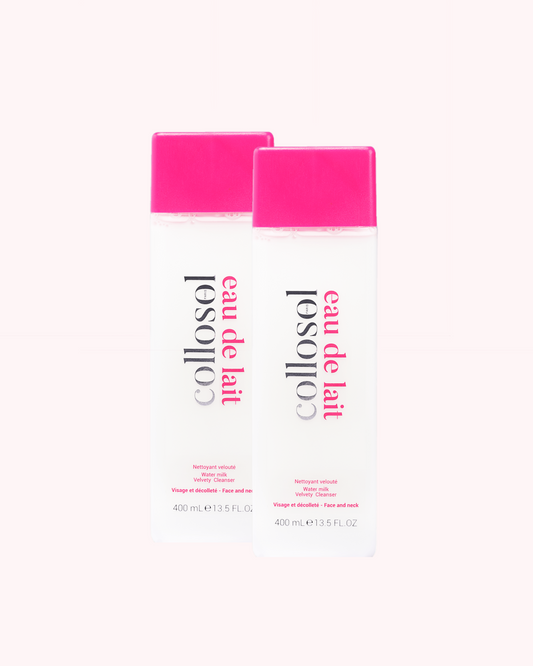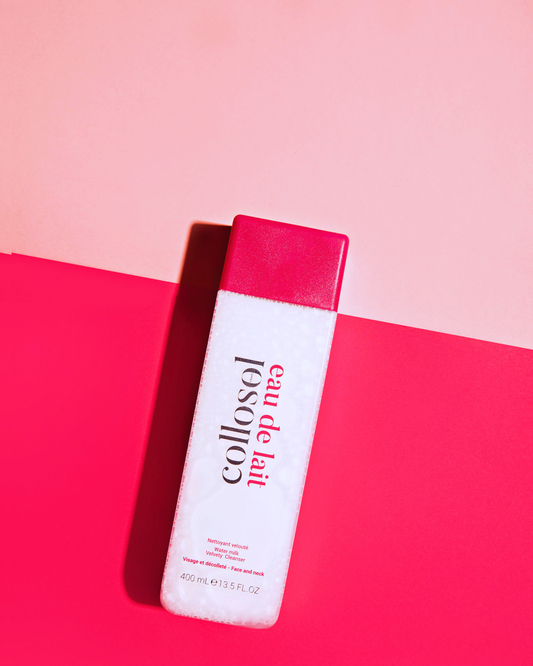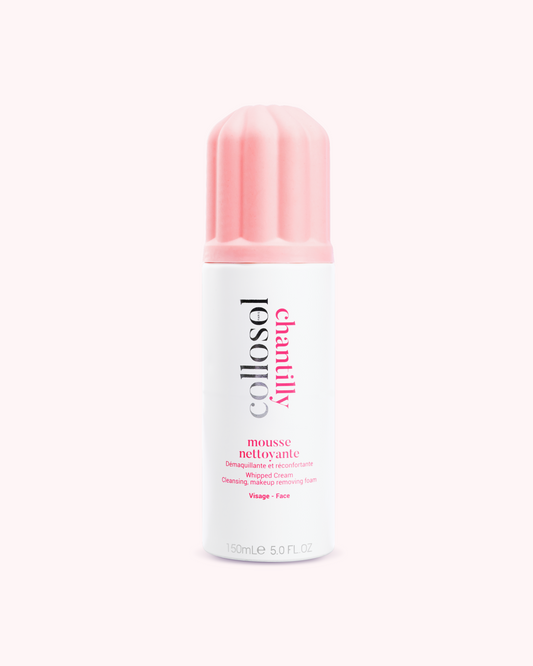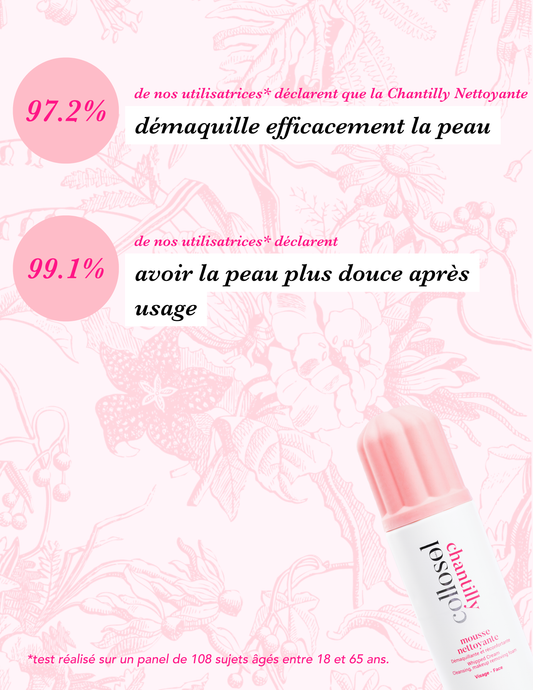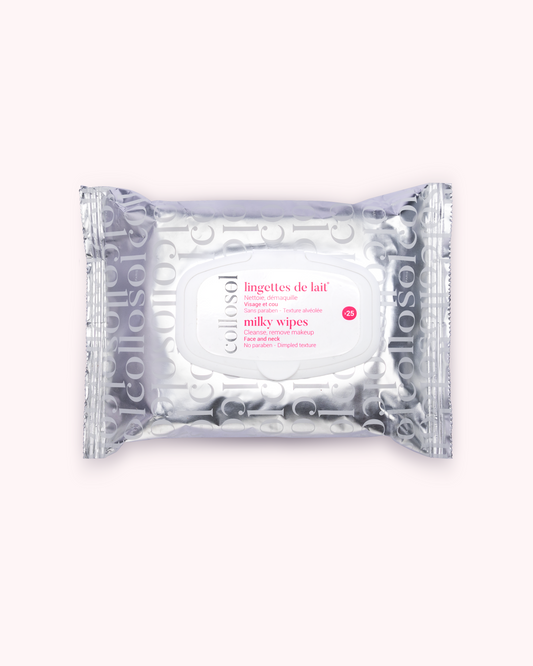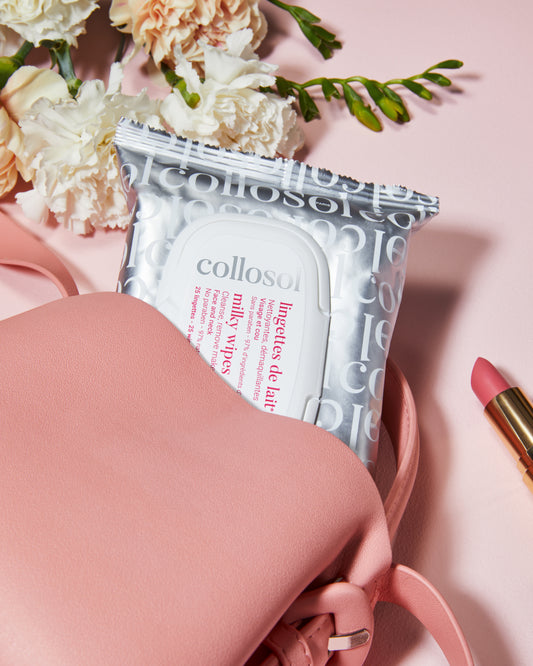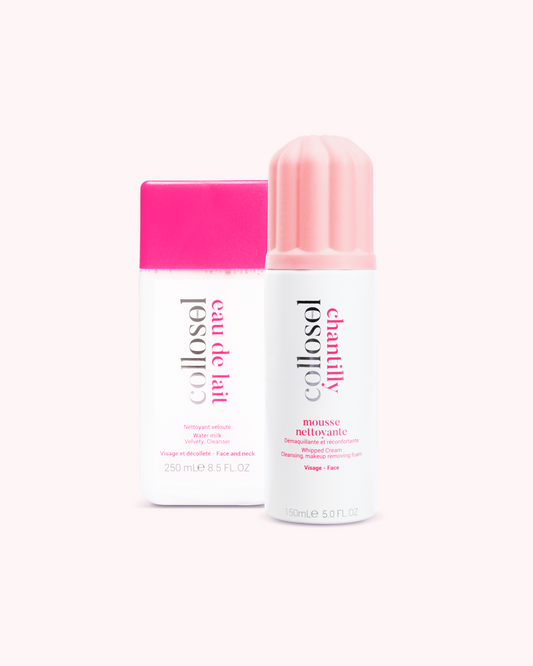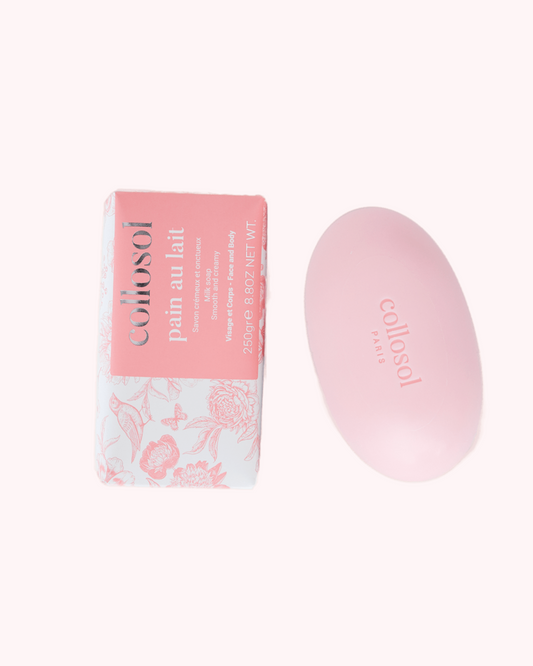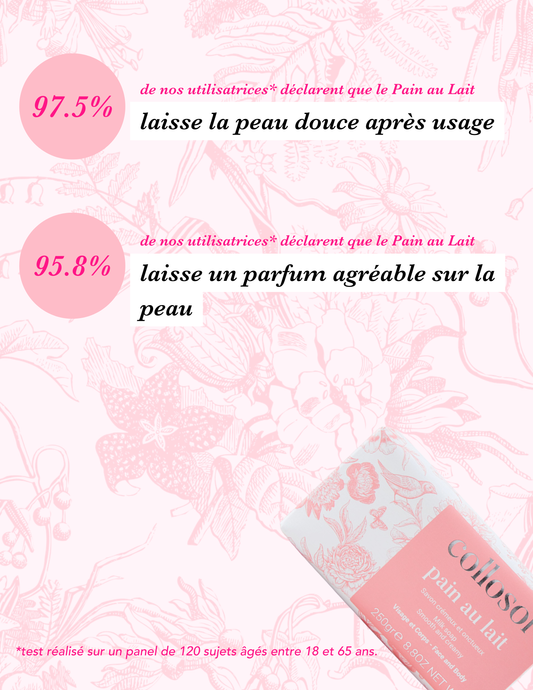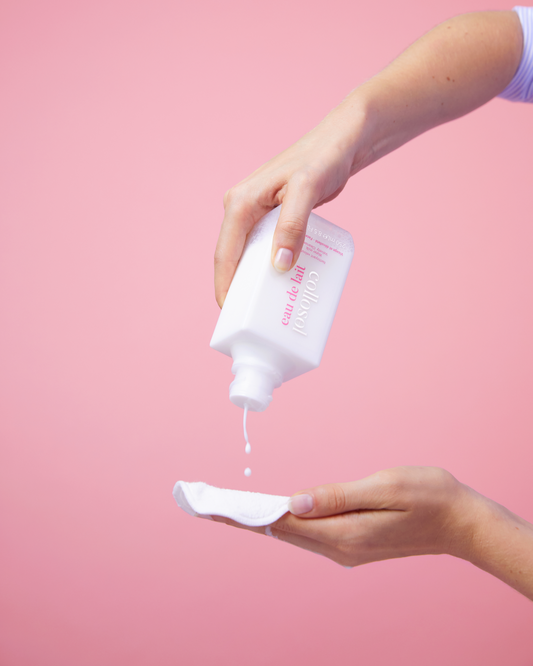How to prevent rough skin Guide and information 2021
The main cause of rough skin is a lack of protective lipids (fats) on the skin’s surface. As a result, skin becomes more sensitive and fragile to external aggressions, which leads to feelings of irritation, tightness and discomfort. In some cases, even redness appears. Skin feels dry and loses its softness. Discover how to care for your skin so your face is soft and radiant once again. Thanks to our tips, you can say goodbye to rough skin.
What is rough skin?
Rough skin lacks water and lipids in the uppermost layer, the epidermis. When the surface is lipid deficient, skin loses its ability to retain water. This can lead to lines, wrinkles and cracks as well as irritation and redness. Skin loses its softness and elasticity, and feelings of discomfort and tightness set in.
What causes rough skin?
A number of daily factors can lead to dry, rough skin.
- Cold temperatures: in cold, dry weather, many people experience flaking. These flare-ups of dry skin, and in some cases even redness, are caused by a cold, dry climate;
- Dry environment: low humidity dries out your skin;
- Water: prolonged contact with water eliminates the natural fats that lubricate and protect the skin. Long baths, frequent swims in a chlorinated pool, or repetitive handwashing can cause skin dryness (for example, if you work in a hair salon or care for children, your hands will be overexposed to water);
- Dehydration: hot summer days, intense exercise or long-distance running can all cause your body to become dehydrated. Dehydration of any kind will affect all the organs in your body, including the skin on your face;
- Harsh soaps and face care products: soap is an emulsifier, meaning it is designed to eliminate fats. This is great if you have just eaten chicken wings with your hands, but not if you want to maintain your skin’s natural lipid balance. Similarly, skin care products that contain alcohol will dry out and damage your skin;
- Certain medications: medicines can dry out your skin. For example, isotretinoin (Accutane) which is used to dry out oily skin, diuretics and statins, used to control cholesterol levels, are among the medications that can cause rough skin. If you think this may be the case for you, discuss it with your doctor;
- Age: the bad news is most people experience increased skin dryness as we age. The good news is products are available on the market to help deal with dry sensitive skin and keep your skin hydrated, soft and elastic.
How to treat rough skin
To make skin soft again, you need to follow a beauty routine comprised of two fundamental steps which we have outlined below:
Cleansing your face
Cleansing is essential for maintaining healthy skin. When you have rough skin, however, you need to cleanse in a very specific way. Basically, you will need to use a gentle approach. To do so, you need gentle, natural products that are not overly harsh.
We recommend a gentle product such as Collosol Chantilly make-up remover and cleansing foam. When on the go, use the Collosol cleansing and make-up removing wipes for a quick and convenient solution. Then, to a damp face, apply a hydrating lotion like Collosol Eau de Lait.
Hydrating your face
Daily hydration is essential to prevent and reduce the frequency and intensity of irritation or redness caused by dry, rough skin. Always carry your hydrating cream with you to keep your skin hydrated all day long, and remember to nourish your skin in the evening with a nourishing repair cream.
Choose a product that is:
- hypoallergenic and responsive to the needs of dry sensitive skin;
- convenient and easy to apply, so that you can use it daily;
- hydrating, softening and rich in lipids.


